Home>Technology>Smart Home Devices>How Many Watts Does A Wi-Fi Router Use
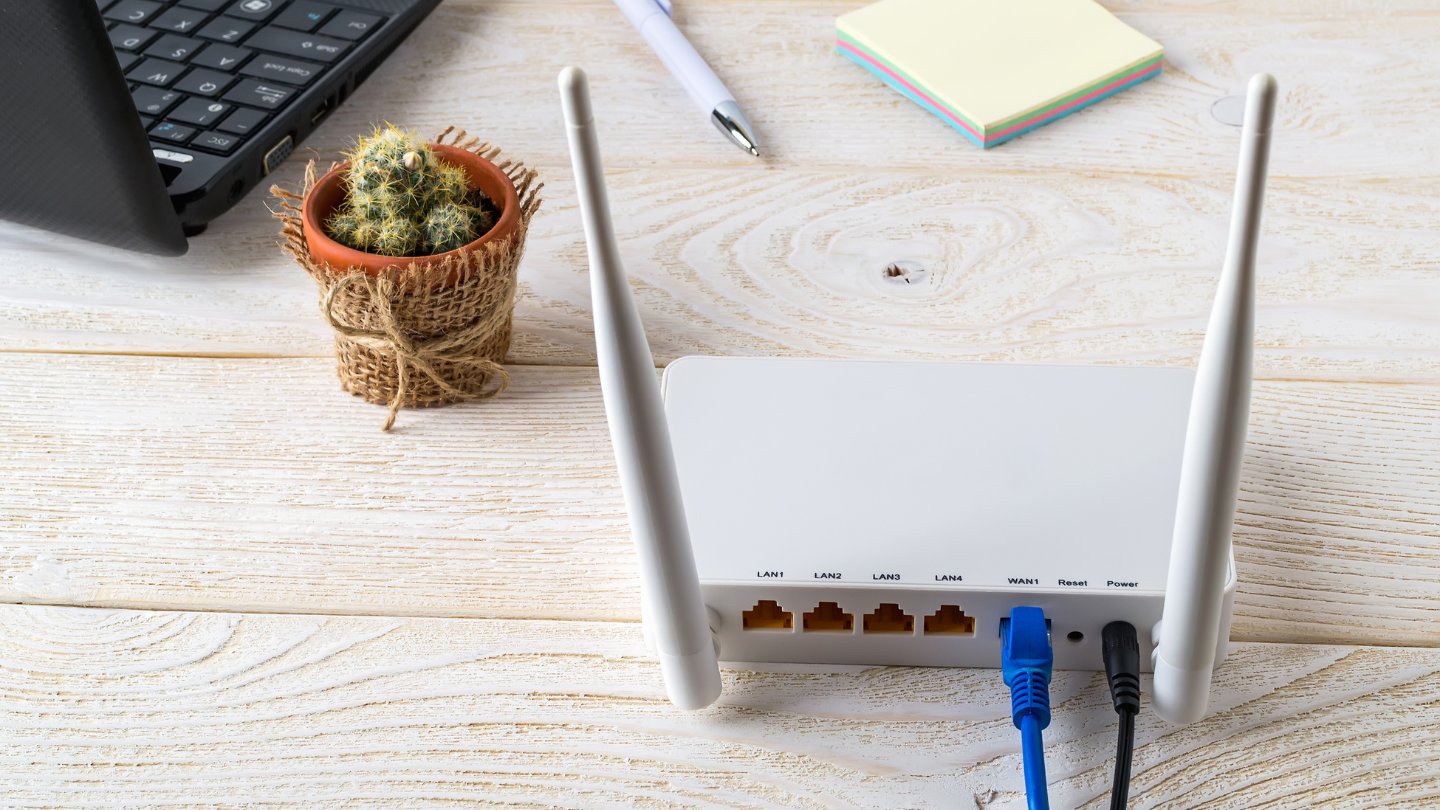

Smart Home Devices
How Many Watts Does A Wi-Fi Router Use
Published: January 2, 2024
Discover the energy usage of smart home devices like Wi-Fi routers. Learn how many watts a Wi-Fi router uses and how it impacts your electricity bill. Explore energy-efficient options for your smart home.
(Many of the links in this article redirect to a specific reviewed product. Your purchase of these products through affiliate links helps to generate commission for Storables.com, at no extra cost. Learn more)
Introduction
Wi-Fi routers have become an indispensable part of modern life, enabling seamless connectivity for a myriad of smart devices. As our reliance on these devices grows, it's natural to wonder about their power consumption. Understanding the power usage of a Wi-Fi router is not only essential for managing energy costs but also for making informed decisions about energy efficiency and environmental impact.
In this article, we will delve into the intriguing world of Wi-Fi router power consumption. We'll explore the factors that influence a router's power usage, learn how to measure its consumption, and discover practical tips for reducing its energy footprint. By the end, you'll have a comprehensive understanding of how many watts a Wi-Fi router uses and how to optimize its power consumption effectively.
So, let's embark on this enlightening journey to unravel the mysteries of Wi-Fi router power consumption and discover ways to make our smart homes more energy-efficient.
Key Takeaways:
- Wi-Fi routers use 2 to 20 watts of power, depending on their model and features. Understanding factors like network traffic, energy-saving features, and usage patterns can help optimize their energy efficiency.
- To reduce Wi-Fi router power consumption, consider upgrading to energy-efficient models, enabling energy-saving features, and strategically utilizing dual-band functionality. These tips promote energy conservation and sustainability in smart homes.
Read more: What Wi-Fi Router Does Spectrum Use
Understanding Wi-Fi Router Power Consumption
Wi-Fi routers, the unsung heroes of modern connectivity, play a crucial role in keeping our smart homes and businesses seamlessly connected. These devices are designed to transmit data wirelessly, enabling us to access the internet, stream content, and control smart devices from anywhere within their range. However, this convenience comes with a power cost.
So, how many watts does a Wi-Fi router use? The power consumption of a Wi-Fi router typically ranges from 2 watts to 20 watts, depending on various factors such as the router’s model, features, and usage patterns. In general, older or basic routers tend to consume less power, while high-performance routers with advanced features may have higher power requirements.
It’s important to note that a router’s power consumption can fluctuate based on its operational state. For instance, when the router is idle or in standby mode, it consumes less power compared to when it’s actively transmitting data to multiple devices. Understanding these nuances is essential for evaluating the overall energy impact of a Wi-Fi router.
Moreover, Wi-Fi routers often incorporate energy-saving features such as automatic power management and sleep modes to reduce their power consumption during periods of inactivity. These features not only contribute to energy efficiency but also prolong the lifespan of the router.
By gaining insights into the power dynamics of Wi-Fi routers, we can make informed decisions about their usage and optimize their energy efficiency. In the next section, we’ll explore the various factors that influence Wi-Fi router power consumption and delve into the intricacies of measuring and managing their energy usage.
Factors Affecting Wi-Fi Router Power Usage
Several factors contribute to the power usage of a Wi-Fi router, influencing its overall energy consumption and operational efficiency. Understanding these factors is crucial for optimizing the router’s power usage and minimizing its environmental impact. Let’s explore the key elements that affect Wi-Fi router power consumption:
- Router Model and Features: The model and features of a Wi-Fi router play a significant role in determining its power usage. High-performance routers with advanced capabilities, such as dual-band functionality, multiple antennas, and integrated security features, typically consume more power than basic or older models. Additionally, routers equipped with additional ports, USB connections, and advanced processing units may have higher power requirements.
- Network Traffic and Device Connectivity: The volume of network traffic and the number of connected devices can impact a router’s power consumption. When a router is actively transmitting data to multiple devices or handling bandwidth-intensive tasks such as streaming high-definition content or online gaming, its power usage may increase to meet the demand for uninterrupted connectivity.
- Operational State and Usage Patterns: The operational state of a Wi-Fi router, including active usage, standby mode, and periods of inactivity, influences its power consumption. Routers that are constantly in use or experience heavy network traffic may consume more power than those operating in low-traffic environments or during idle periods. Understanding the usage patterns of the router can help in optimizing its energy efficiency.
- Energy-Saving Features and Firmware Settings: Many modern Wi-Fi routers are equipped with energy-saving features, such as automatic power management, sleep modes, and optimized firmware settings. These features are designed to reduce power consumption during periods of inactivity or low network usage. By leveraging these energy-saving functionalities, users can effectively minimize the router’s power usage without compromising connectivity.
- Environmental Conditions and Cooling Mechanisms: The environmental conditions in which a router operates, such as ambient temperature and ventilation, can impact its power usage. Additionally, routers equipped with efficient cooling mechanisms, such as heat sinks and fans, can maintain optimal performance while minimizing power consumption.
By considering these factors and their collective influence on Wi-Fi router power usage, users can make informed decisions about router selection, configuration, and usage practices to enhance energy efficiency and reduce overall power consumption.
Consider using a Wi-Fi router with a built-in power-saving mode to reduce energy consumption. This can help lower your electricity bill and minimize your environmental impact.
Measuring Wi-Fi Router Power Consumption
Measuring the power consumption of a Wi-Fi router is essential for gaining insights into its energy usage and optimizing its operational efficiency. By quantifying the router’s power consumption, users can make informed decisions about energy management, cost savings, and environmental sustainability. Here’s a guide to effectively measure Wi-Fi router power consumption:
- Power Meter or Energy Monitor: Utilizing a power meter or energy monitor is a practical way to measure the power consumption of a Wi-Fi router. These devices can be plugged into the electrical outlet and then connected to the router to monitor its real-time power usage. By observing the power readings under various operational conditions, users can gauge the router’s energy consumption and identify opportunities for optimization.
- Manufacturer’s Specifications: Referencing the manufacturer’s specifications and documentation can provide valuable insights into the rated power consumption of the Wi-Fi router. Manufacturers often disclose the power requirements of their routers, including the typical power usage and maximum power draw. Understanding these specifications can serve as a baseline for assessing the router’s energy efficiency and comparing it with alternative models.
- Energy Monitoring Software: Some advanced routers are equipped with built-in energy monitoring features or support third-party energy monitoring software. These tools enable users to track and analyze the router’s power consumption, network activity, and energy-saving patterns. By leveraging energy monitoring software, users can gain a comprehensive understanding of the router’s energy usage and implement targeted strategies for reducing power consumption.
- Comparative Analysis: Conducting a comparative analysis of multiple routers or networking devices can provide valuable insights into their relative power consumption. By measuring and comparing the power usage of different routers under similar usage scenarios, users can identify energy-efficient options and make informed decisions when selecting or upgrading their networking equipment.
- Usage Scenarios and Load Testing: Simulating various usage scenarios and conducting load testing on the Wi-Fi router can reveal its power consumption patterns under different workloads. By subjecting the router to realistic usage scenarios, such as streaming media, file transfers, and concurrent device connections, users can assess its power efficiency and identify opportunities for optimizing energy usage.
By employing these measurement techniques and leveraging available resources, users can gain a comprehensive understanding of a Wi-Fi router’s power consumption, enabling them to implement effective energy management strategies and contribute to a more sustainable and energy-efficient home environment.
Tips for Reducing Wi-Fi Router Power Consumption
Optimizing the power consumption of a Wi-Fi router is essential for promoting energy efficiency, reducing electricity costs, and minimizing environmental impact. By implementing practical strategies and leveraging energy-saving features, users can effectively reduce a router’s power usage without compromising connectivity or performance. Here are valuable tips for reducing Wi-Fi router power consumption:
- Upgrade to Energy-Efficient Routers: Consider upgrading to energy-efficient routers that are designed to minimize power consumption without sacrificing performance. Look for routers with Energy Star certification or advanced power-saving features to ensure optimal energy efficiency.
- Enable Energy-Saving Features: Activate the energy-saving features and power management settings offered by the router’s firmware. These features may include automatic sleep modes, scheduled power-off times, and adaptive power management, which can effectively reduce the router’s power consumption during periods of low network activity.
- Optimize Device Connectivity: Streamline device connectivity and network usage to minimize the router’s power consumption. Disconnect idle devices, disable unnecessary network services, and prioritize energy-efficient devices to ensure optimal utilization of the router’s resources.
- Utilize Dual-Band Functionality Wisely: If your router supports dual-band functionality, strategically utilize the 5 GHz band for bandwidth-intensive tasks and high-performance applications, while directing less demanding tasks to the 2.4 GHz band. This approach can help optimize power usage based on the specific requirements of connected devices.
- Regular Firmware Updates: Keep the router’s firmware up to date to benefit from performance optimizations and energy-saving enhancements provided by the manufacturer. Updated firmware often includes improvements in power management, network efficiency, and overall energy consumption.
- Strategic Placement and Ventilation: Position the router in a well-ventilated area with optimal airflow to prevent overheating and minimize the need for excessive cooling, which can contribute to higher power consumption. Avoid placing the router in enclosed spaces or near heat-generating appliances.
- Consider Network Standby Devices: If your router supports network standby or low-power modes for connected devices, leverage these features to reduce overall power consumption. Devices in standby mode consume less power, contributing to a more energy-efficient network ecosystem.
By incorporating these tips into your router management practices, you can effectively reduce Wi-Fi router power consumption, contribute to energy conservation, and create a more sustainable and cost-effective networking environment within your smart home or business.
Read more: How Does A Wi-Fi Router Work
Conclusion
Understanding the power consumption of Wi-Fi routers is essential for managing energy costs, promoting sustainability, and optimizing the performance of smart home networks. By exploring the intricacies of Wi-Fi router power consumption, we’ve gained valuable insights into the factors that influence power usage, effective measurement techniques, and practical strategies for reducing energy consumption.
Wi-Fi routers, ranging from basic models to high-performance devices, exhibit varying power requirements based on their features, operational states, and environmental conditions. By considering these factors, users can make informed decisions about router selection, configuration, and usage practices to enhance energy efficiency and minimize environmental impact.
Measuring Wi-Fi router power consumption through power meters, energy monitoring software, and comparative analysis enables users to quantify energy usage, identify optimization opportunities, and make informed decisions about energy management. By leveraging these measurement techniques, users can gain a comprehensive understanding of a router’s power dynamics and implement targeted strategies for reducing power consumption.
Furthermore, by implementing practical tips such as upgrading to energy-efficient routers, enabling energy-saving features, optimizing device connectivity, and strategically utilizing dual-band functionality, users can effectively reduce Wi-Fi router power consumption without compromising connectivity or performance. These strategies contribute to energy conservation, cost savings, and a more sustainable networking environment within smart homes and businesses.
In conclusion, by embracing a holistic approach to Wi-Fi router power consumption, users can contribute to energy efficiency, environmental sustainability, and a more cost-effective and responsible use of technology in the modern era. With a deeper understanding of how many watts a Wi-Fi router uses and how to optimize its power consumption, individuals and businesses can play a pivotal role in creating energy-efficient and eco-friendly smart home ecosystems.
Frequently Asked Questions about How Many Watts Does A Wi-Fi Router Use
Was this page helpful?
At Storables.com, we guarantee accurate and reliable information. Our content, validated by Expert Board Contributors, is crafted following stringent Editorial Policies. We're committed to providing you with well-researched, expert-backed insights for all your informational needs.
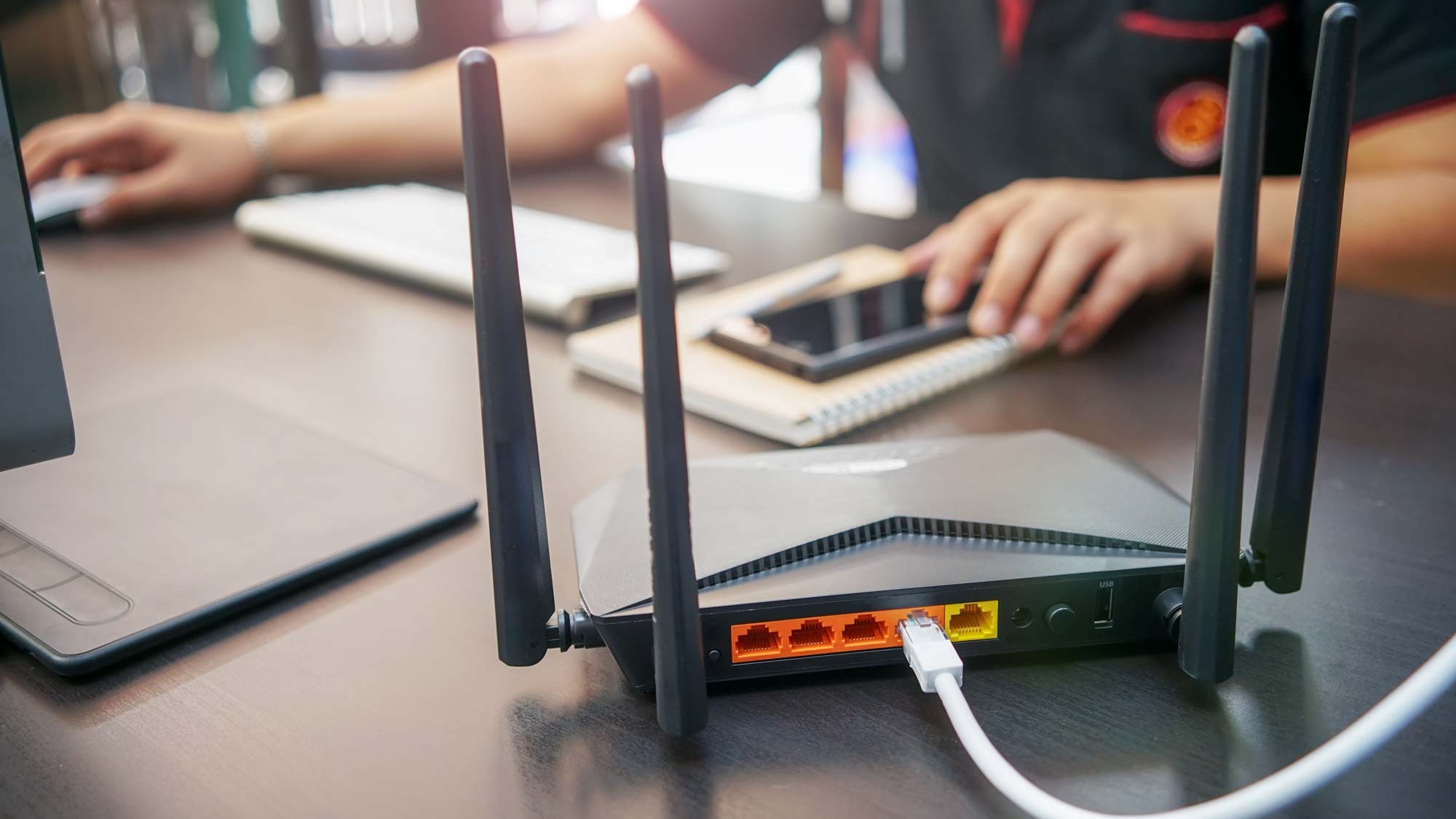
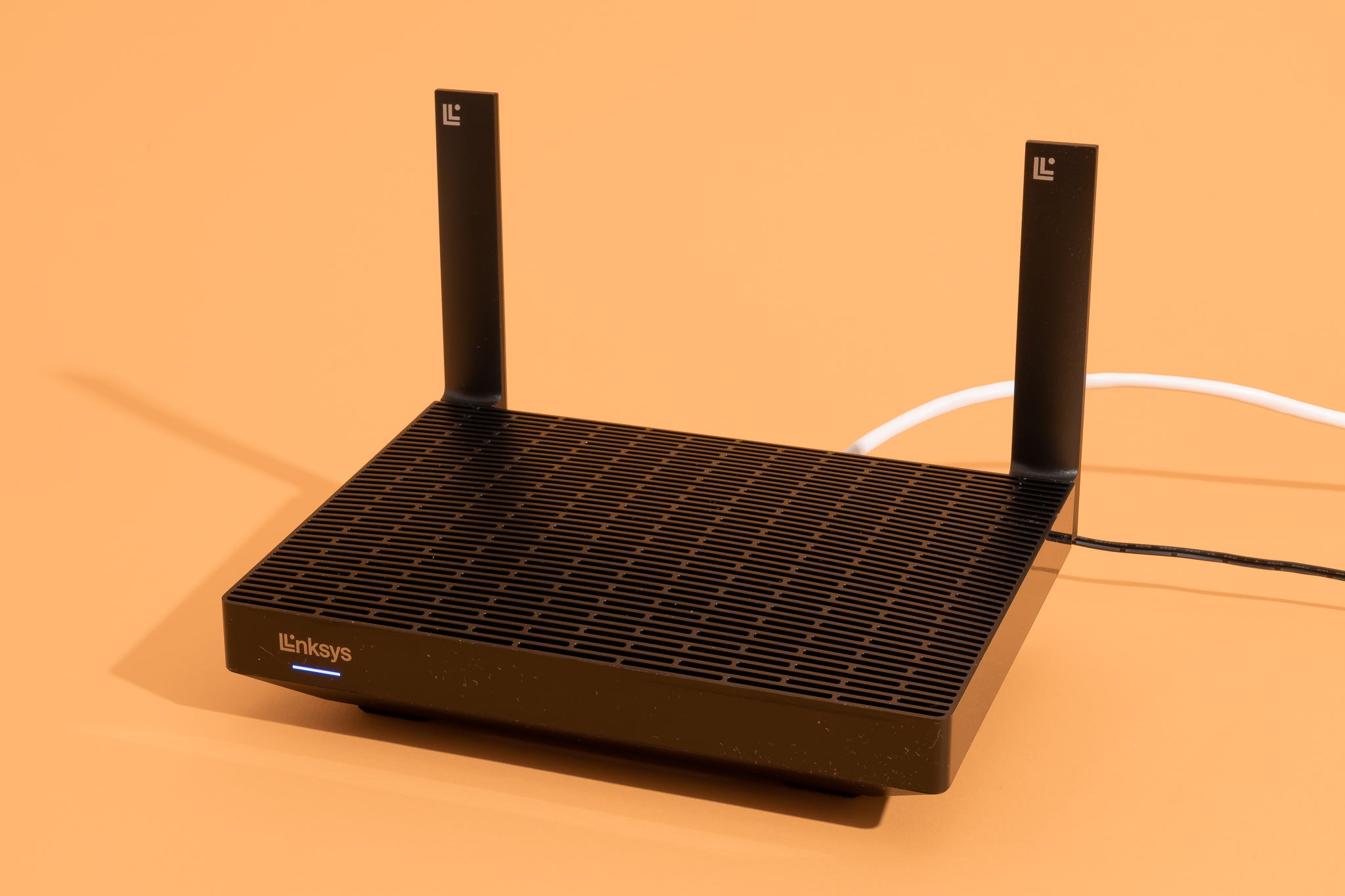
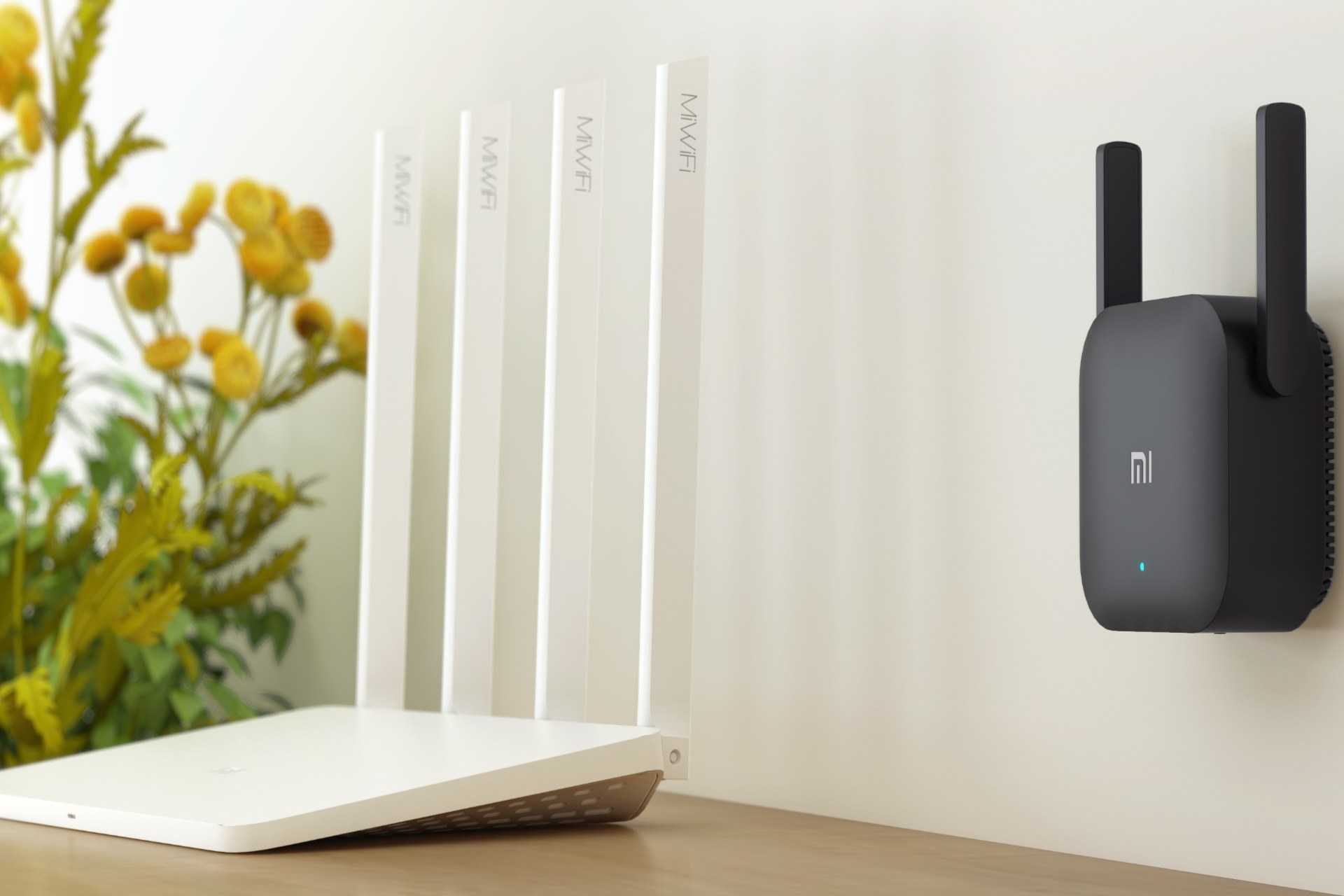
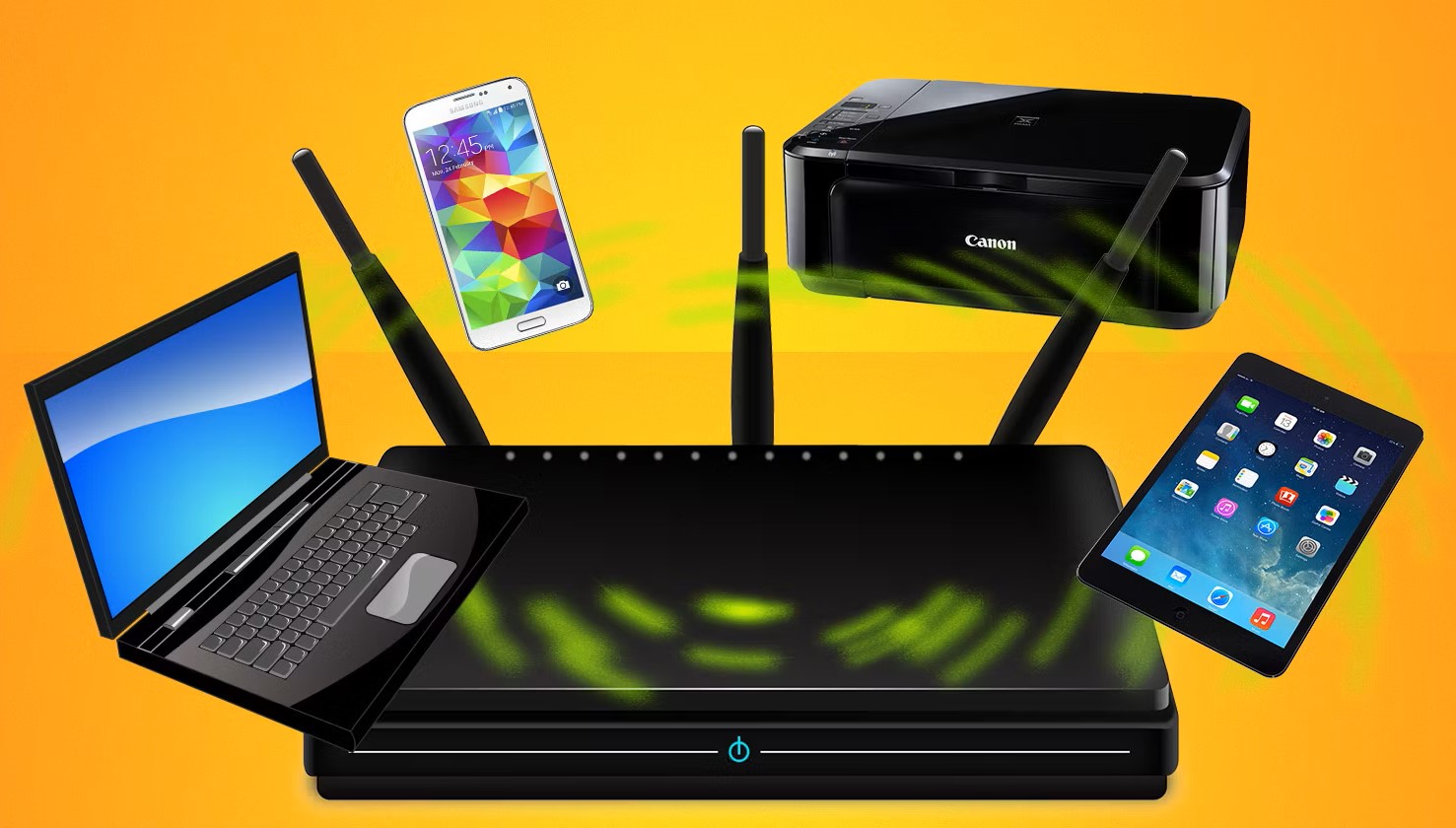
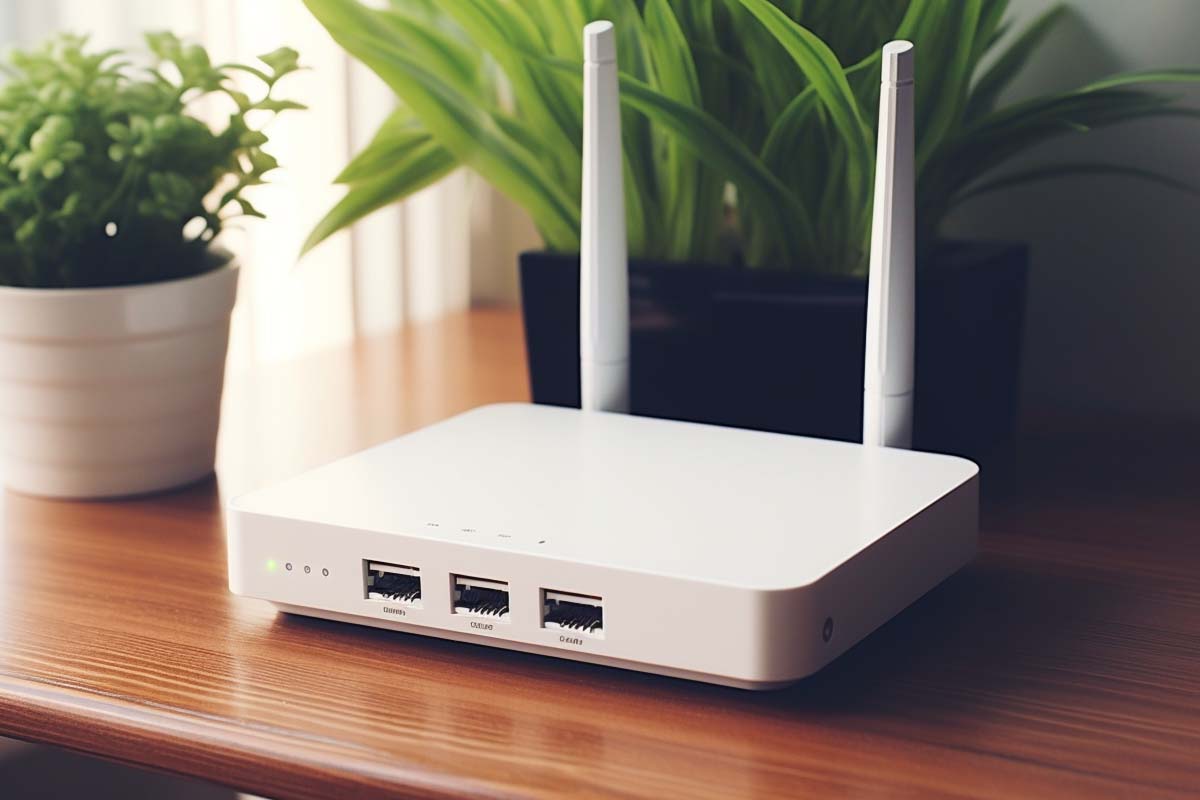
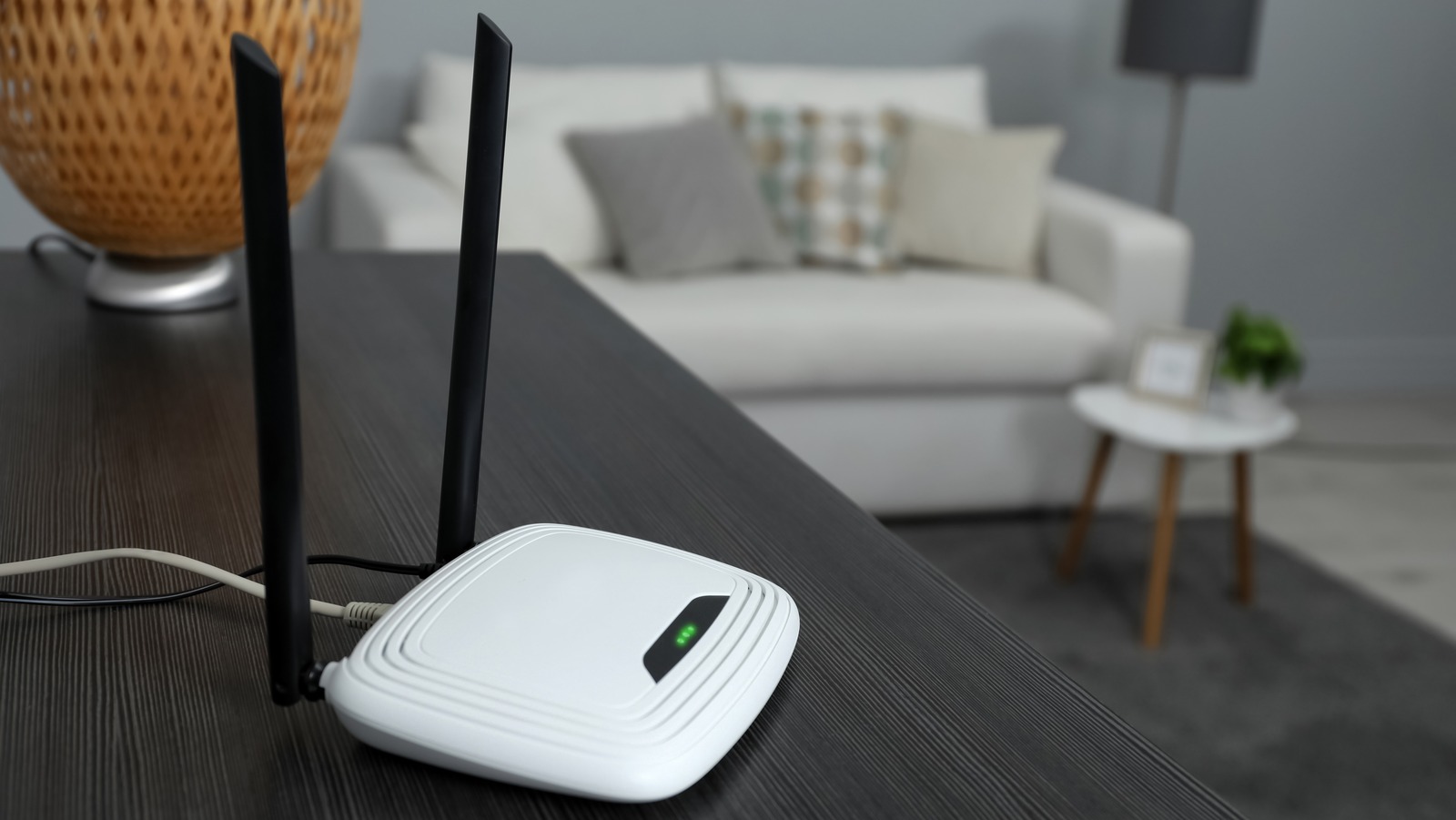
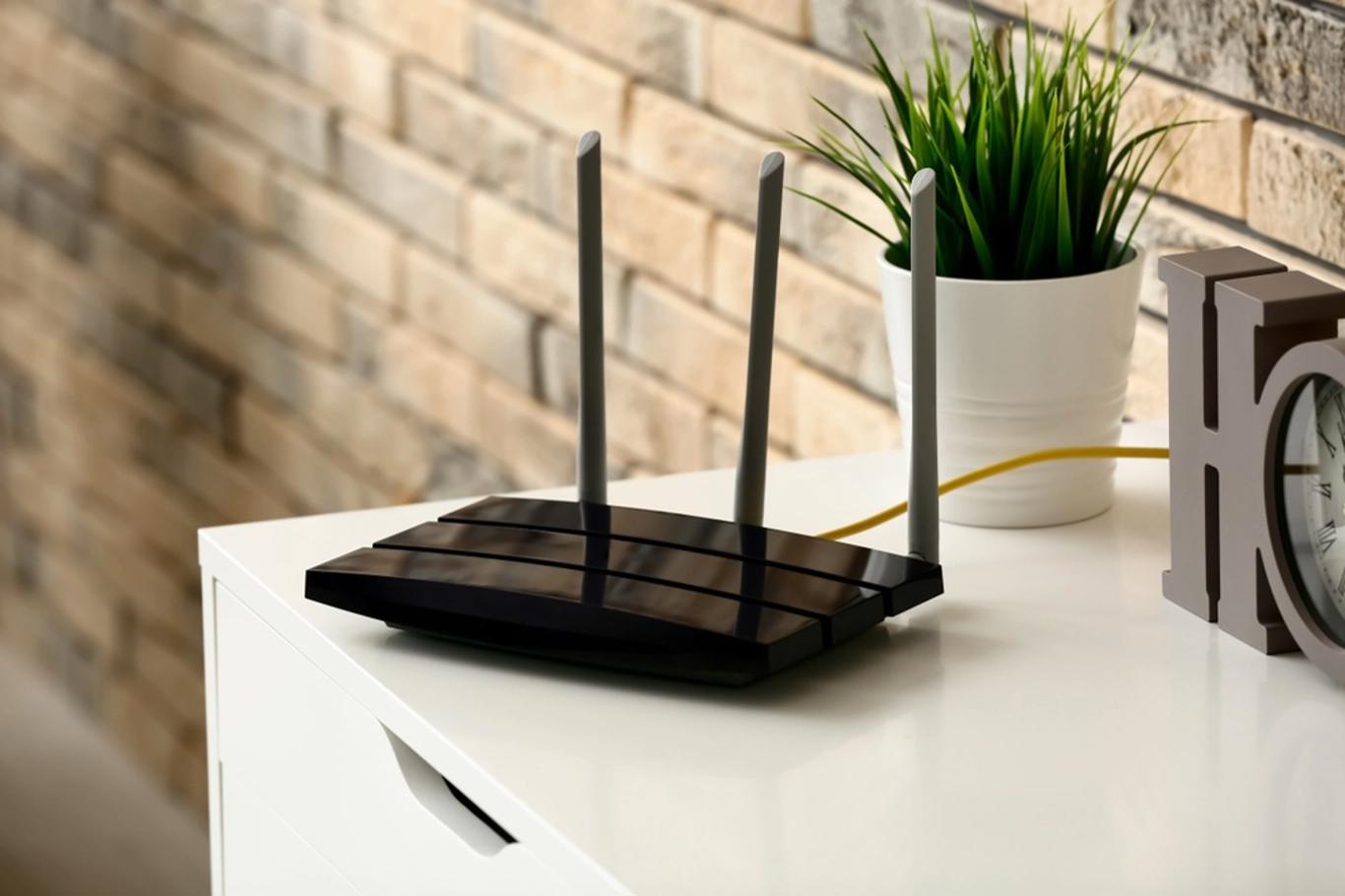
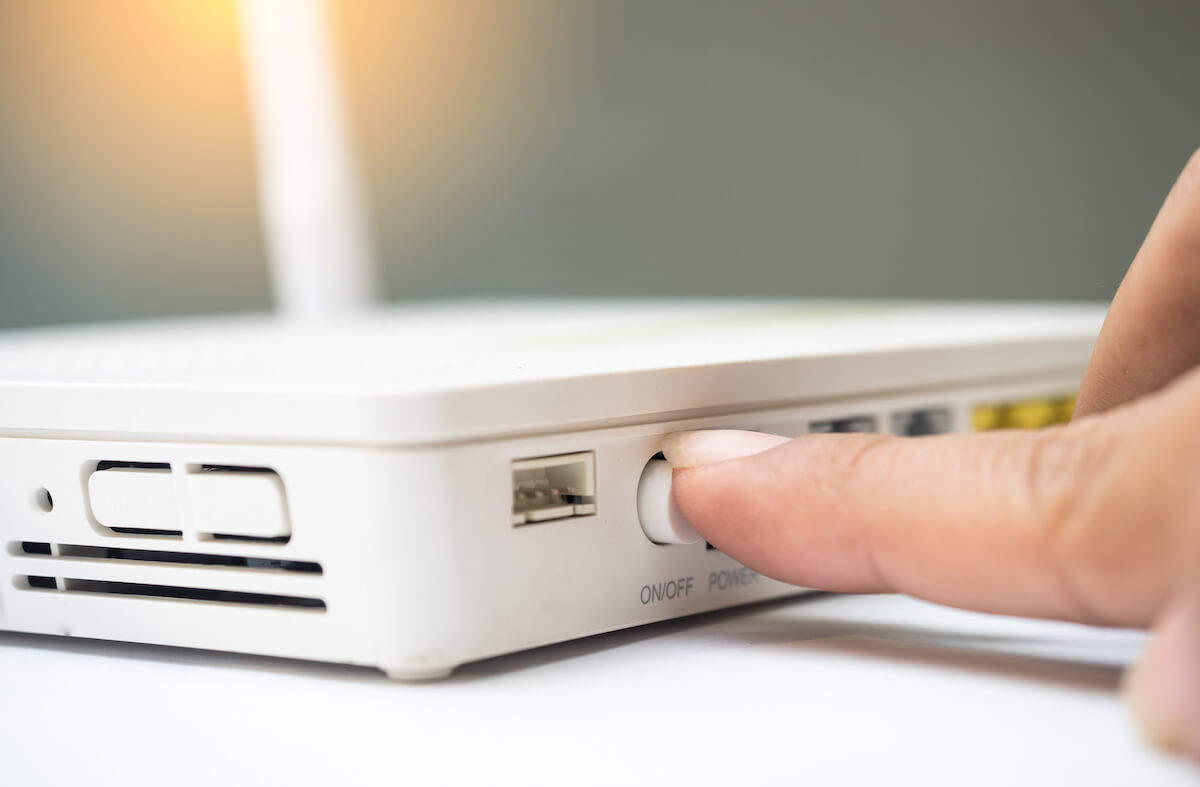
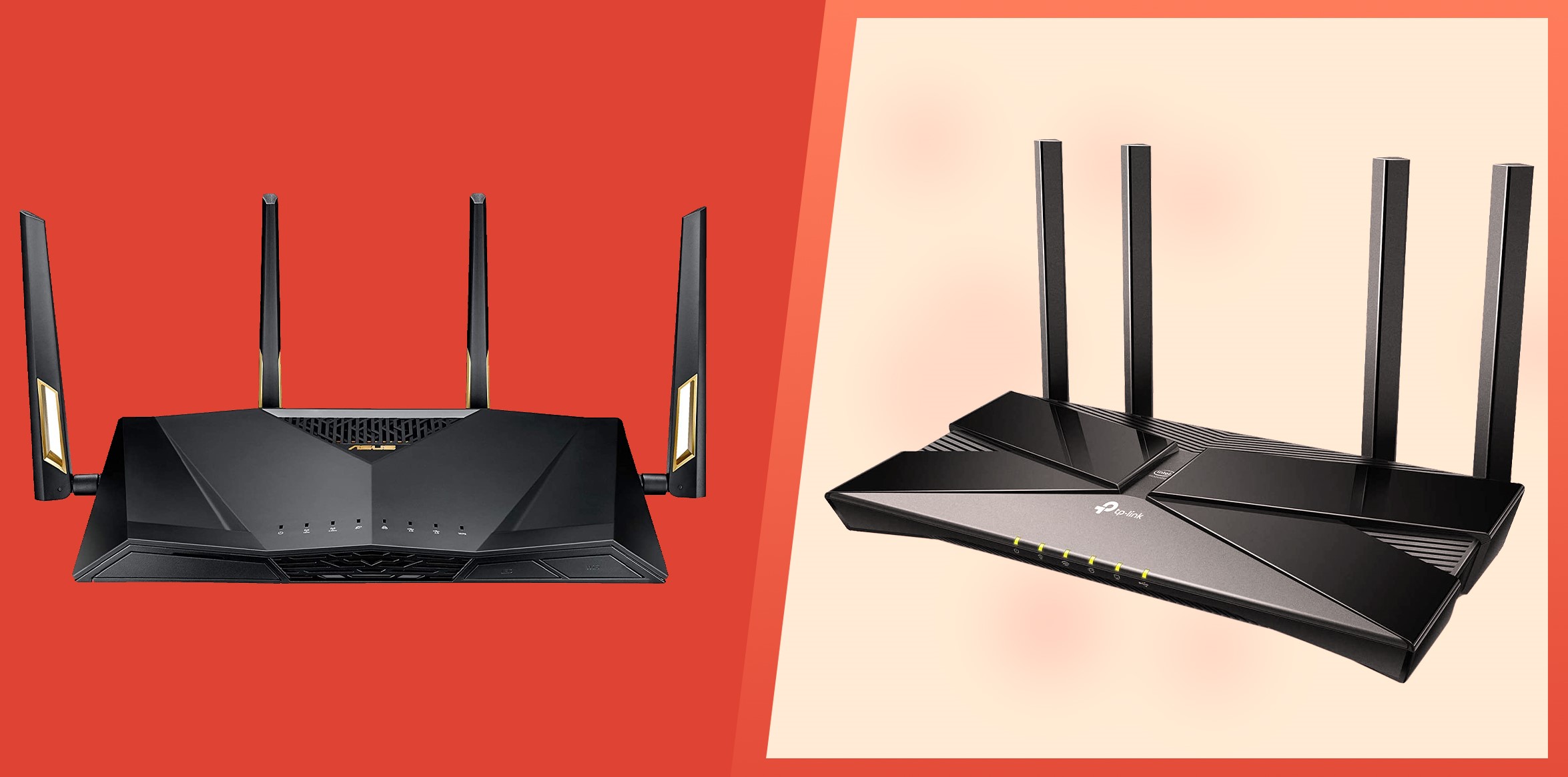
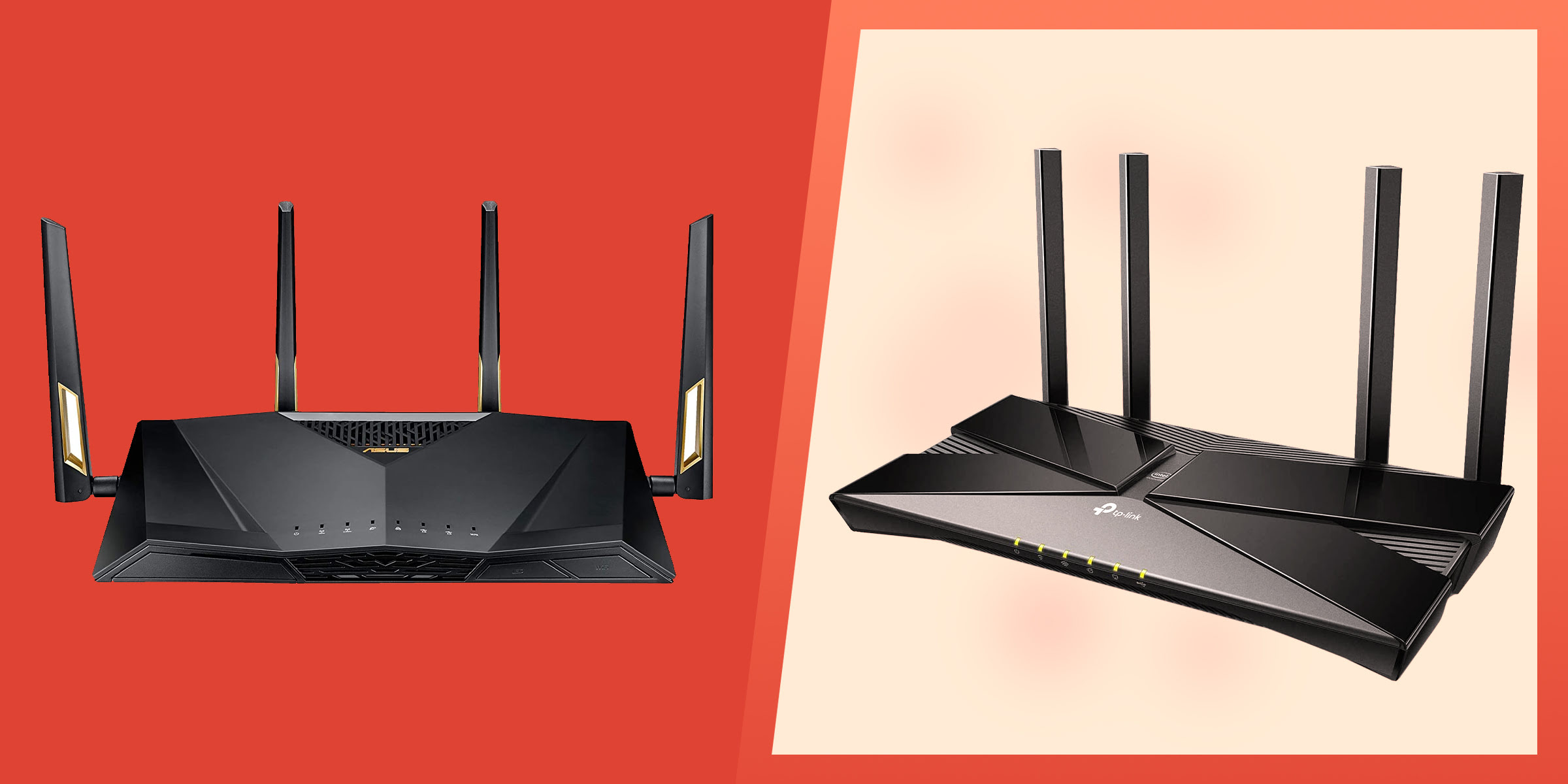
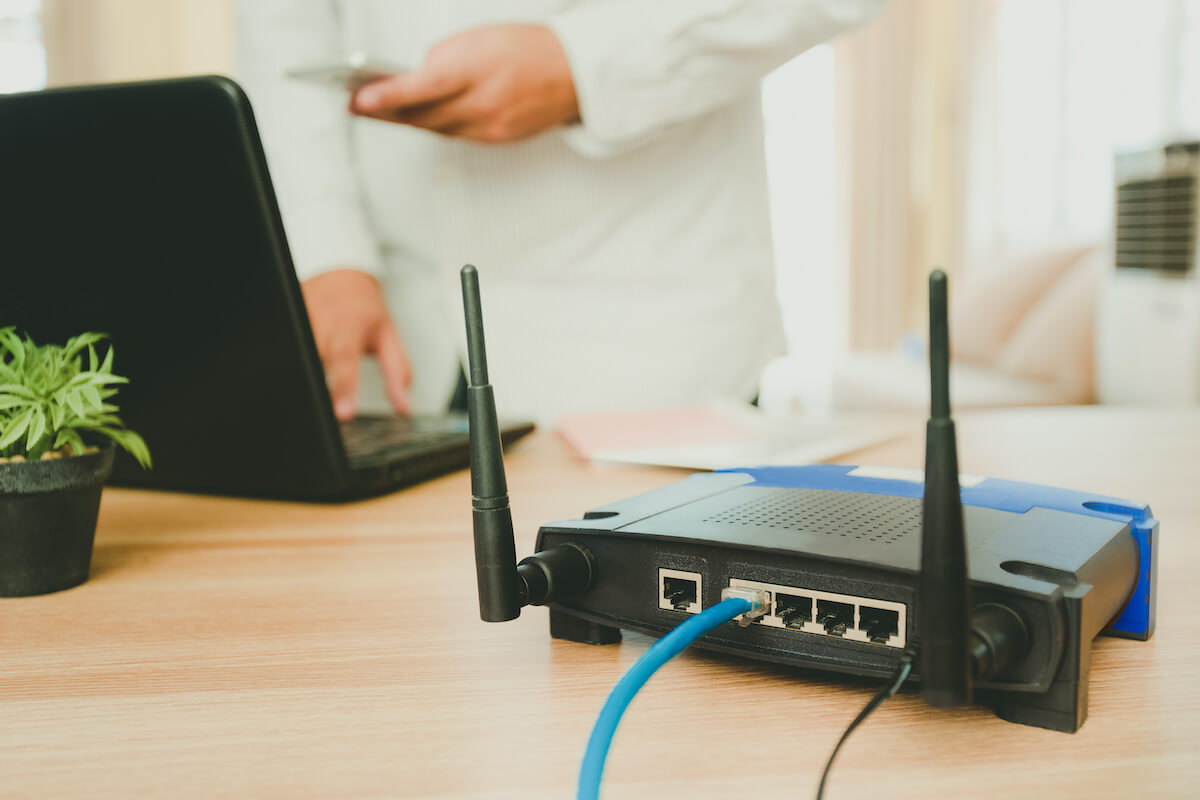
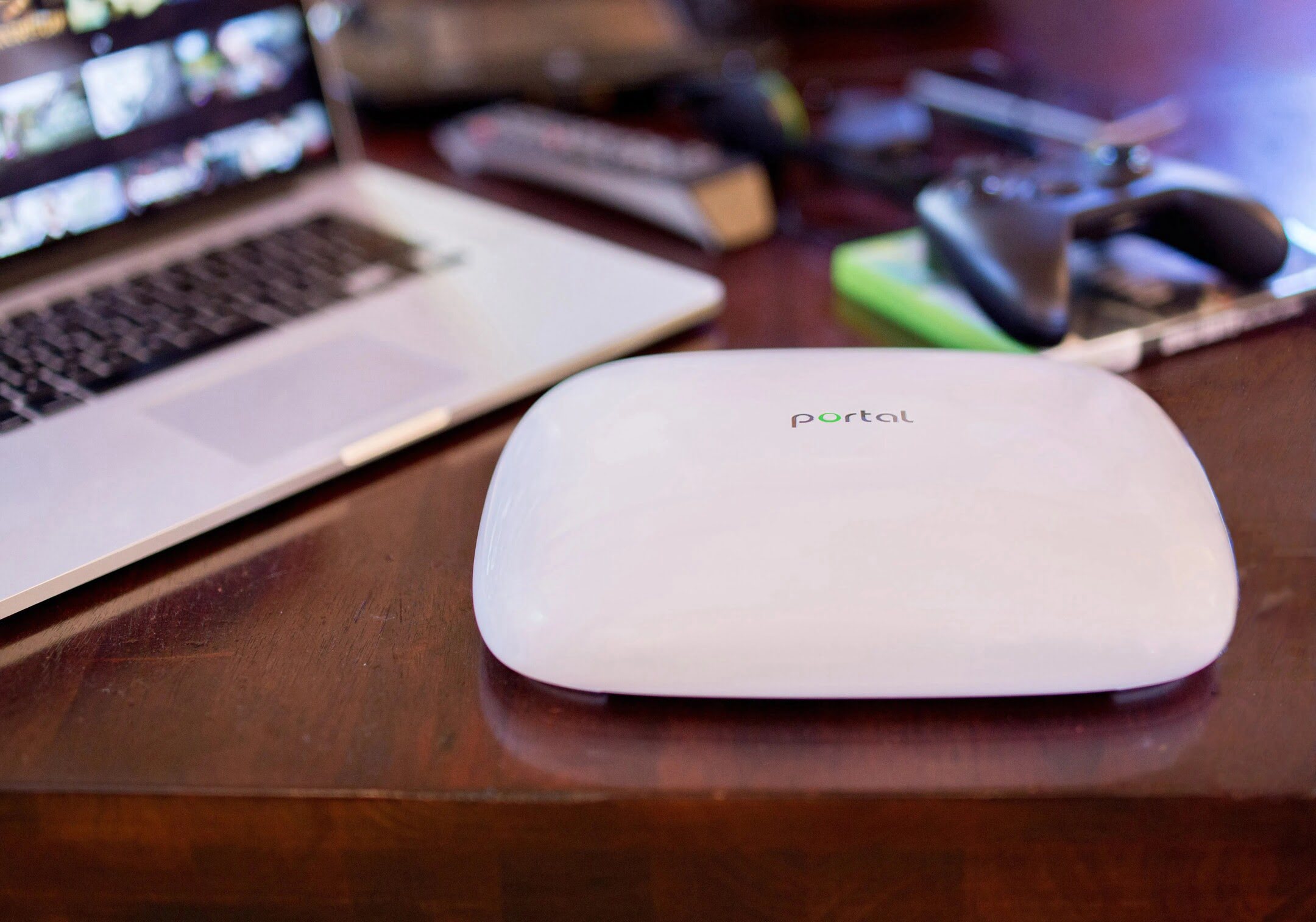
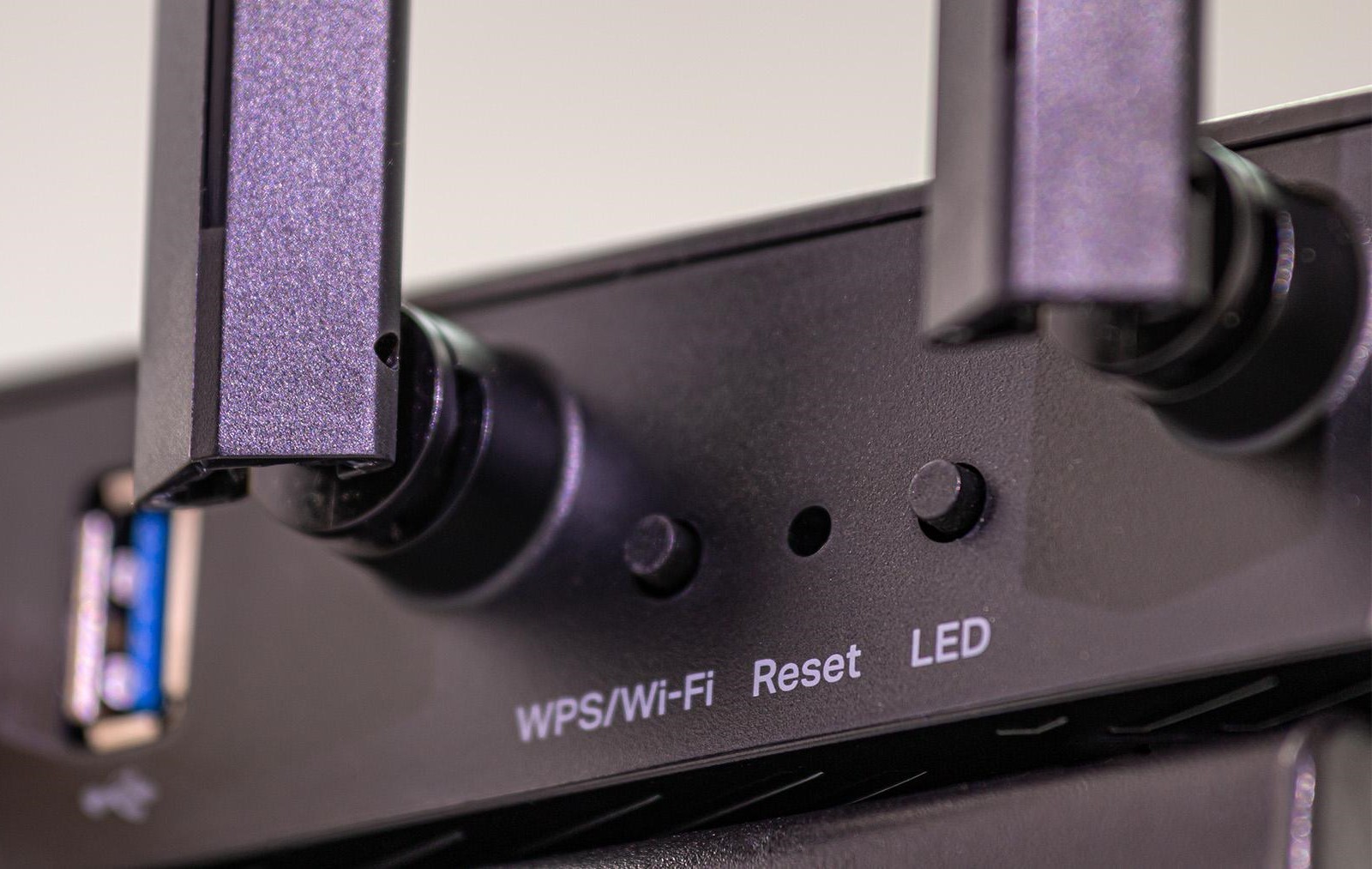
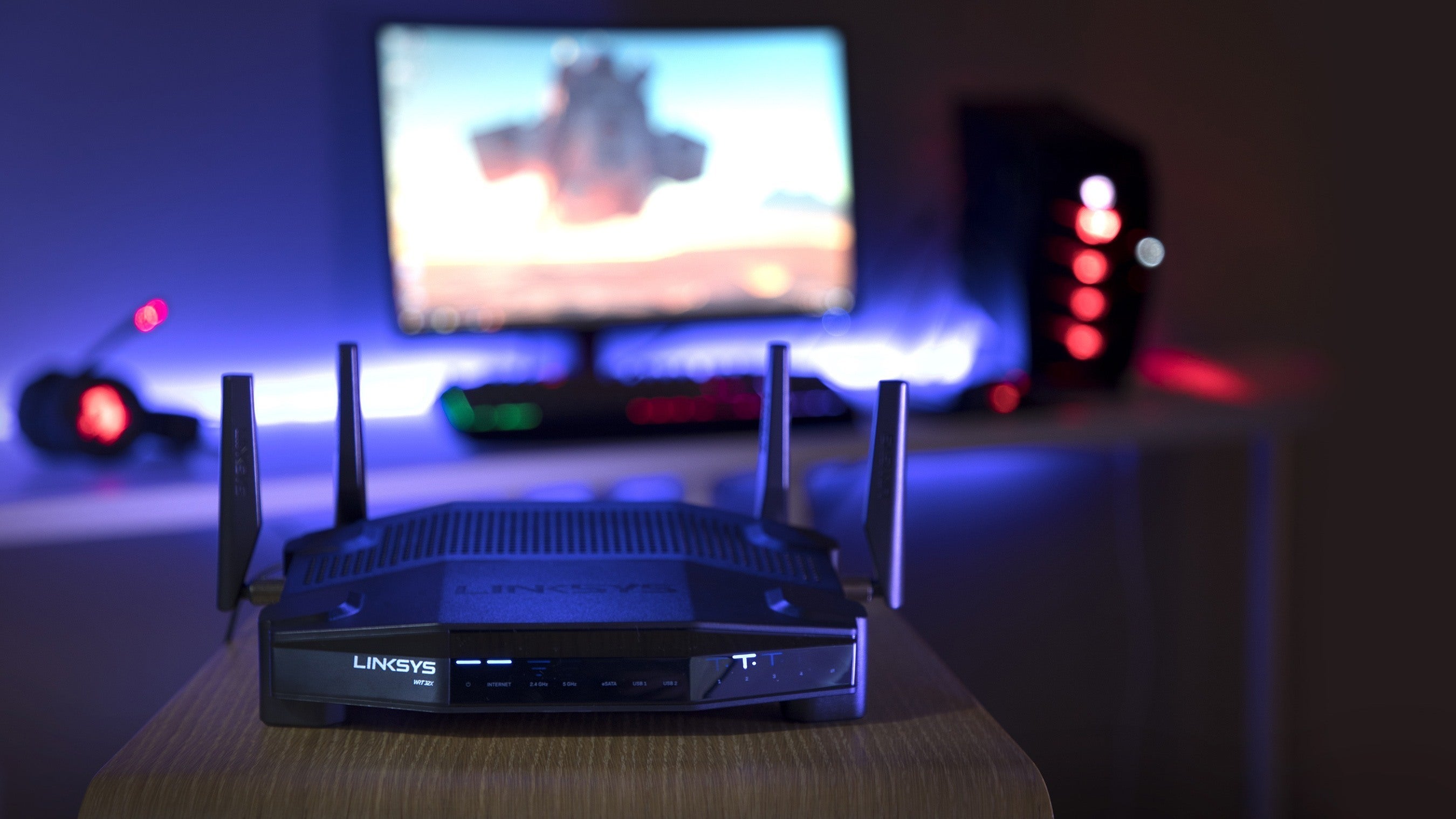

0 thoughts on “How Many Watts Does A Wi-Fi Router Use”